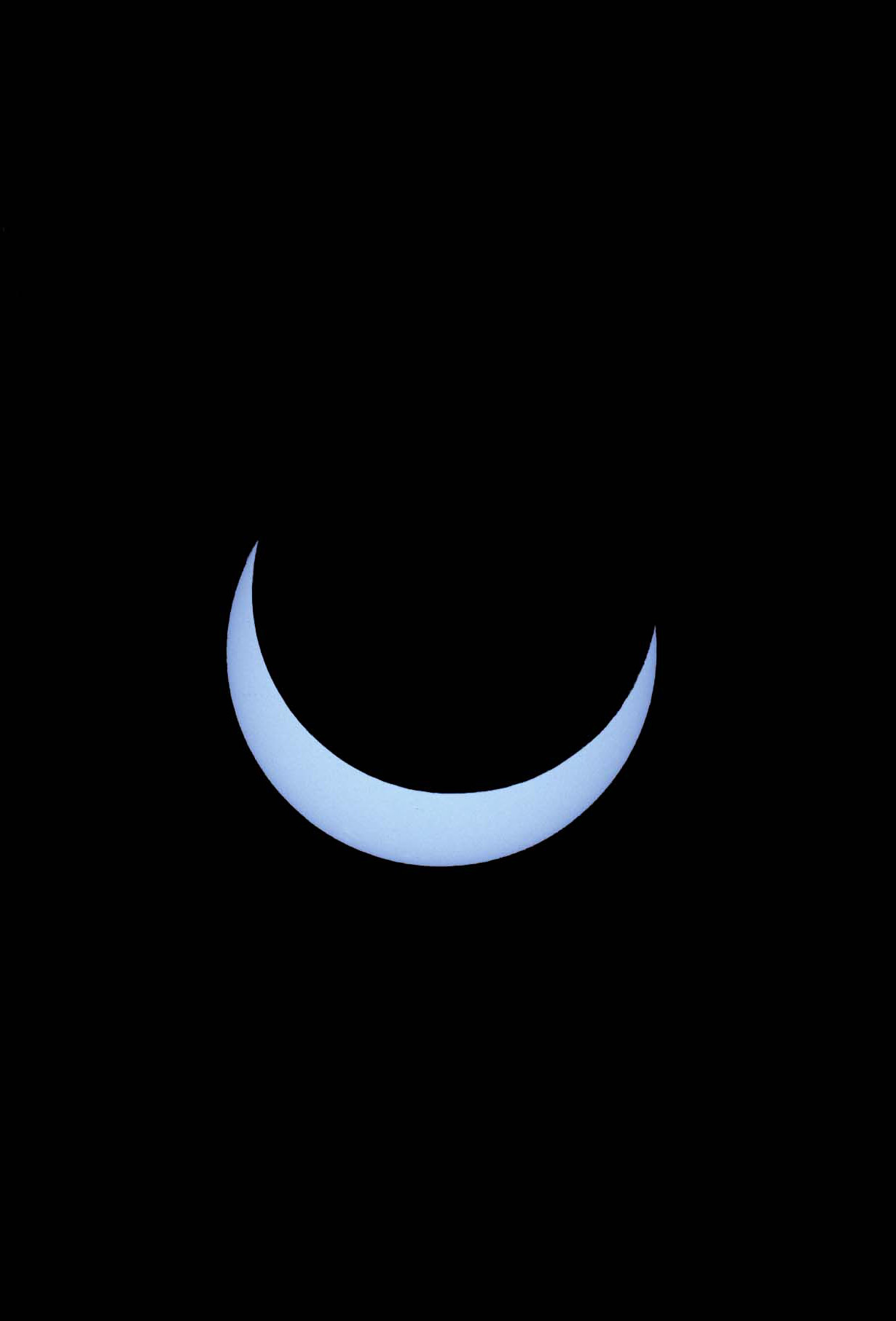Sunrise Solar Eclipse
As mentioned last month, the long-awaited annular solar eclipse will occur on the morning of June 10th. Although most of the eastern part of Canada failed to enjoy the May 26 lunar eclipse, this area will see the sun covered by the moon as it rises behind trees, buildings and hills, making for some spectacular photo opportunities. An annular eclipse occurs when the moon is farthest in its elliptical orbit around the earth and covers about 99% of the sun called the “ring of fire”. For those living on the eclipse path, the one per cent of sunlight around the edge is still extremely dangerous to look at directly without proper filtration. This is not to be confused with a total solar eclipse where the closer moon blocks the entire sun from a few seconds to a few minutes depending on the moon’s distance in its orbit.
The safest way to look at the eclipse is with eclipse glasses purchased from reputable telescope dealers online. For your telescope, camera lens or binoculars, Baader solar film can be purchased in larger pieces. Always secure the filter securely to the front of the instrument to cool the image to reduce the sun’s intensity by 99.999%. If you cannot acquire this material you can build or use a projection system by making a pinhole projector using a cereal box. There are other props found around the house such as a spaghetti and vegetable strainer or anything with small holes to project the image of “happy faces” safely on a sheet of paper or the side of a building. Now you can photograph the projection. Ottawa and Toronto will see rise around 5:21 a.m. with the last contact at 6:40 a.m. Mid eclipse will show 80% of the sun covered with St. John’s NL witnessing about 72% coverage.


The heart of the Milky Way is now above the SE horizon by midnight local time. Take advantage of moonless nights and try your hand at wide-angle astrophotography. With a high ISO setting on many new DSLR cameras, a few seconds exposure can reveal a frame full of stars and some colourful nebulae. For best results use a camera tracker anchored to a sturdy tripod or piggyback your camera on top of the scope. Here you can guide in the main scope while looking through the eyepiece while the camera is imaging a nice wide-angle. Take many 3 to 4-minute images and then co-add them in free stacking software such as Deep Sky Stacker.
The planet Venus is slowly rising higher in the west as the sky darkens and sets just after 10 p.m. at the beginning of the month. Mercury is now sinking closer to the solar glare and will be glimpsed in the morning sky at the end of June. At a distance of more than 341 million kilometres from Earth, Mars is seen at magnitude 1.75 and will be nestled at the centre of the Beehive Cluster (M44) on June 23. However, this 600 light-year cluster of stars will be situated very close to the western horizon.
Switching to the morning sky, Saturn up in the SE sky around 1 a.m. with brighter Jupiter appearing about 40 minutes later. The moon will appear below Saturn on the 27th and new Jupiter two nights later. Refer to pages 232 and 233 of the 2021 RASC Observer’s Handbook for times of upcoming transits and shadows of Jupiter’s moons.
The word solstice is derived from the Latin meaning “to stand still”. This occurs on June 21 at 3:32 universal time signifying the first day of summer in the northern hemisphere and winter in the south. We will soon notice the days getting slightly shorter. New moon (lunation 1218) occurs on June 19 while the Full Strawberry Moon lights up the night on June 24.
Until next month, clear skies everyone.
Gary Boyle
